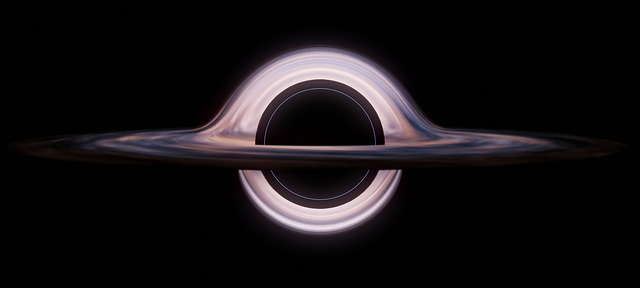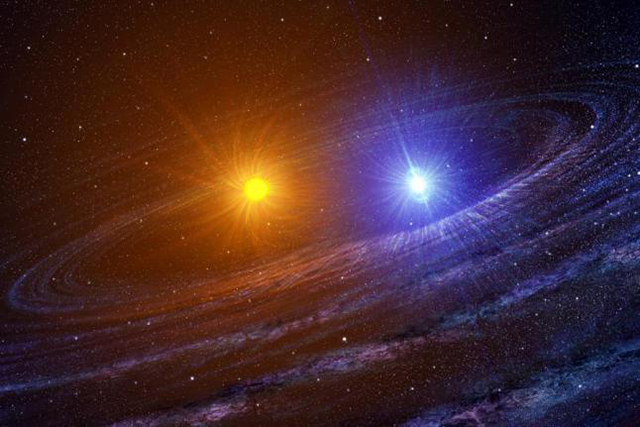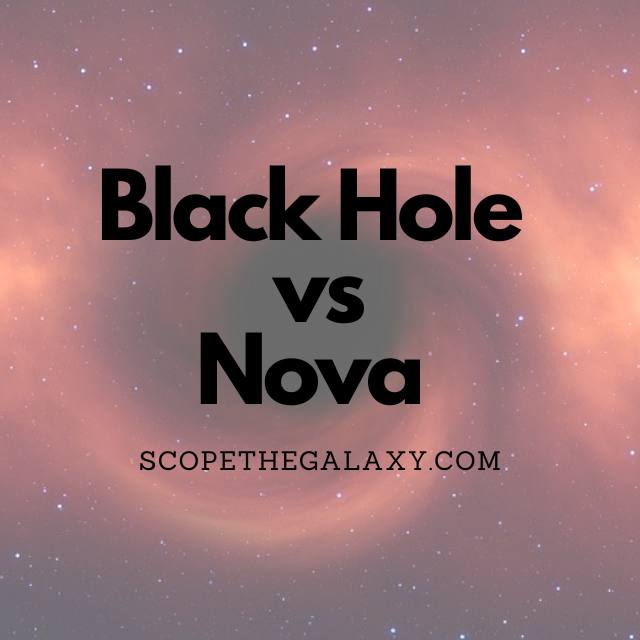*This post may contain affiliate links. This means we may make a commission if you purchase an item using one of our links*
Black holes form when a large star goes supernova and collapses into itself, producing an entity so dark and dense that no light can escape it. On the other hand, nova explosions transpire on the surface of white dwarfs that has consume an excess amount of resources from it’s red giant binary star, creating a short lived explosion with the power of a 100,000 Suns on its surface.
There are variety of other differences between these cosmic entities so, continue reading for a more detailed breakdown of black holes and novas.
What Is A Black Hole?
Table of Contents

A black hole is created when a large star about 3 – 4 solar masses large collapses below its Schwarzschild radius causing a supernova explosion. The density of the star creates a massive gravitational pocket and pulls everything within its vicinity into it.
The edge of a black hole is known as the event horizon and once something crosses this point, there is no escape. The gravitational pull of a black hole is so immense that even light is sucked inside.
All objects pulled in are subjected to an unimaginable crushing gravitational force as they are pulled toward the super dense end point of the black hole known as the singularity.
Black holes can be split into a variety of different types such as a intermediate mass black hole, stellar mass black hole and the supermassive black hole.
Stellar mass black holes are formed as described above by the death of a large star collapsing inward on itself and tend to be around 3 – 10 solar masses.
An intermediate mass black hole are larger variants of the more typical stellar mass black holes as their mass will range between 100 – 1000 solar masses.
They may form be acquiring stars within its reach, to grow in mass however, we have not discovered very many so research on these objects is still in its infancy.
Supermassive black holes are the largest types of black holes, typically found in the center of a galaxy with solar masses in the millions, upwards of multiple billions.
What Is A Nova?

A nova will occur when a white dwarf consumes too much energy from its binary companion star. This causes nuclear fusion on the white dwarfs surface, momentarily inducing a very bright energy outburst on the stellar remnant’s exterior.
When the surface of a white dwarf heats up to around 20,000 degrees Celsius the nuclear fusion process will activate, allowing it to act as if it were the core of an active star again.
The energy produced is significant, where it ejects resources in the region of 100,000 times more powerful than the white dwarfs typical cycle.
This excess energy needs to be ejected out otherwise it wouldn’t be able to conserve its form. That’s why the exterior explodes creating what we now refer to as a nova explosion, an explosion that has been observed to increase in brightness over the course of a few months.
Some white dwarfs tend to have nova outbursts a few times a century, while others are rarer. Ultimately for the explosion to occur, it will depend on how much hydrogen can be provided by a white dwarfs red giant companion star.
Although not the most commonly observed cosmic activity, scientists often find roughly 40 new novas every year in the Milky Way, which does imply that billions of nova explosions likely happen every year throughout the cosmos.
How Are Black Holes And Novas Similar?
There aren’t too many similarities between black holes and novas beside the fact that one is simply the dead stellar remnant of a huge star and the other is a cosmic phenomena that happens on another dead stars body, which in this case is a white dwarf.
Other than this very small similarity, both are completely different from one another.
Differences Between Black Holes And Novas
In regards to the differences between the two, they would include the following:
- Nova explosions can be as bright as 100,000 suns whilst black holes are arguably the darkest entity in the universe.
- Nova explosions can light up the cosmos for a few months at most before they cease to be whilst black holes can live for an infinite number of years in comparison before they will die, based on our current understanding of these dark energy discs.
- Black holes are able to warp space and dilate time whilst novas cannot.
- Black holes are as close to absolute zero in temperature as any entity can be whilst nova explosions are far hotter at roughly 20 million degrees Celsius.
- Nova explosions only occur when a white dwarf is in a binary star system with a red giant and consumes too much energy resulting in smaller explosions on the dwarfs surface whereas black holes occur when a very large star’s red giant form collapses and goes through a supernova or even a larger hypernova explosion and collapses into a black hole.
- 40+ nova explosions tend to happen within the Milky Way every year whilst black holes form out of only 1 in 1000 stars can. Considering supernovae explosions generally happen every 50 years in the Milky Way, black holes are likely much more rare than a nova.
Summary
Nova explosions and black holes are opposites in a variety of ways whether it be their luminosity, temprature, lifespan, how often they happen and so forth.
The only true relationship between the two is that they both happen after the death of a main sequence star.

